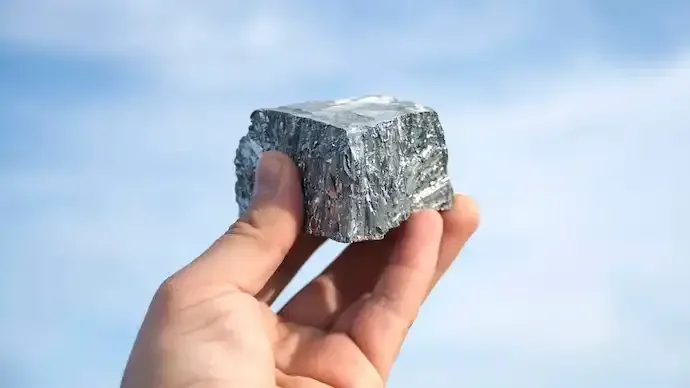Shopping cart
Your cart empty!
Terms of use dolor sit amet consectetur, adipisicing elit. Recusandae provident ullam aperiam quo ad non corrupti sit vel quam repellat ipsa quod sed, repellendus adipisci, ducimus ea modi odio assumenda.
Lorem ipsum dolor sit amet consectetur adipisicing elit. Sequi, cum esse possimus officiis amet ea voluptatibus libero! Dolorum assumenda esse, deserunt ipsum ad iusto! Praesentium error nobis tenetur at, quis nostrum facere excepturi architecto totam.
Lorem ipsum dolor sit amet consectetur adipisicing elit. Inventore, soluta alias eaque modi ipsum sint iusto fugiat vero velit rerum.
Sequi, cum esse possimus officiis amet ea voluptatibus libero! Dolorum assumenda esse, deserunt ipsum ad iusto! Praesentium error nobis tenetur at, quis nostrum facere excepturi architecto totam.
Lorem ipsum dolor sit amet consectetur adipisicing elit. Inventore, soluta alias eaque modi ipsum sint iusto fugiat vero velit rerum.
Dolor sit amet consectetur adipisicing elit. Sequi, cum esse possimus officiis amet ea voluptatibus libero! Dolorum assumenda esse, deserunt ipsum ad iusto! Praesentium error nobis tenetur at, quis nostrum facere excepturi architecto totam.
Lorem ipsum dolor sit amet consectetur adipisicing elit. Inventore, soluta alias eaque modi ipsum sint iusto fugiat vero velit rerum.
Sit amet consectetur adipisicing elit. Sequi, cum esse possimus officiis amet ea voluptatibus libero! Dolorum assumenda esse, deserunt ipsum ad iusto! Praesentium error nobis tenetur at, quis nostrum facere excepturi architecto totam.
Lorem ipsum dolor sit amet consectetur adipisicing elit. Inventore, soluta alias eaque modi ipsum sint iusto fugiat vero velit rerum.
Do you agree to our terms? Sign up

In a major step toward self-reliance, the Indian government is planning to triple its rare earth magnet investment to ₹70 billion ($788 million), according to a Bloomberg report. The initiative aims to strengthen India’s manufacturing capacity in critical sectors such as electric vehicles (EVs), renewable energy, and defence, while reducing dependency on Chinese imports.
The move represents a significant escalation from the earlier $290 million programme, designed to secure supplies of essential materials required for green technologies and national security. The proposal is currently awaiting cabinet approval, with funding allocations under review.
The expansion comes as several nations work to diversify their rare earth supply chains following China’s export restrictions earlier this year. China currently processes nearly 90% of the world’s rare earth output, creating bottlenecks for global industries such as automobile manufacturing and electronics.
Prime Minister Narendra Modi has previously emphasized that critical minerals must not be “weaponized”, urging for stable and diversified global supply chains. India’s latest investment aligns with that vision, though challenges remain — including limited technical know-how, lengthy project timelines, and high setup costs.
The government’s plan reportedly includes supporting around five companies through production-linked incentives (PLIs) and capital subsidies. The goal is to attract both domestic and foreign investments to boost rare earth magnet production.
Currently, India’s rare earth production remains commercially unviable without government aid. State-owned enterprises are actively forming overseas mining partnerships to ensure raw material access. However, India still lacks refining and processing expertise, areas where China leads.
China dominates the supply of critical magnet materials such as neodymium, praseodymium, dysprosium, and terbium. Mining these minerals poses environmental risks, as they are often found alongside radioactive substances.
To overcome this, India is funding research into alternative motor technologies, like synchronous reluctance motors, which could eventually reduce dependence on rare earth materials altogether.
India’s annual demand for rare earth oxides stands at around 2,000 tonnes, which global suppliers can easily meet. However, the government hopes the new ₹70 billion incentive scheme will attract top international magnet manufacturers to establish local production units or joint ventures in India.
The plan could also counter China’s opaque subsidies and aggressive pricing strategies, which have long undermined fair global competition.
Industry experts believe this expansion could mark the start of a strategic transformation in India’s critical minerals sector. By strengthening domestic manufacturing and reducing reliance on imports, India aims to secure a stable foundation for its EV revolution, renewable energy targets, and defence manufacturing ecosystem.
Consistent policy support, technology transfer, and global collaborations will be key to India’s success in becoming a major player in the rare earth magnet market.
16
Published: Nov 03, 2025